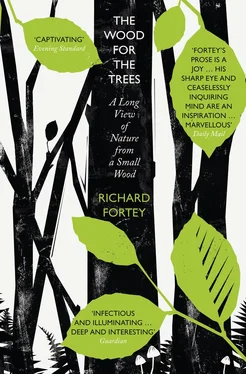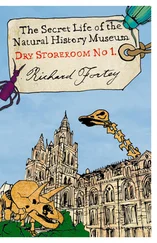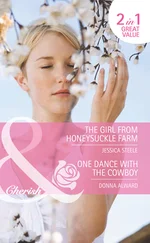However, this is not the end of the story. For the fungus itself lives in an intimate association with beech trees in deep woodland. The ‘roots’ of the fungus are masses of threads called mycelium. These threads move through the moist soil seeking out nutrients, and they are skilled in reprocessing all that mush and drift of rotting leaves. Mycelium is the workhorse of the fungus, while the familiar mushroom fruit body is just the culmination of the life cycle for spreading the minute spores of the species. Like many other fungi, Tricholoma forms a partnership with the roots of beeches, where it can live for many years. The threads of mycelium fully coat the growing tips of the roots rather as tight-fitting kid gloves enclose the fingers, and the fungal talent for acquiring important foodstuffs such as phosphates from the surrounding environment becomes essential for the healthy growth of the tree. The fungus-coated rootlets seek out valuable molecules. The fungal dressing is called mycorrhiza, which is simply a classical way of saying ‘fungus root’. Mycorrhiza makes for a reciprocal partnership, because the tree in its turn does what it does best – manufacturing sugars and other products of photosynthesis – and supplies them to the growing fungus, which cannot make them for itself. It is a symbiosis , an intimate growing-together. Like a well-honed comedy duo, each partner would fall flat without the other.
So the Dutchman’s pipe is at the foppish apex of a ménage à trois . The beech works with sunshine and rainfall, and supplies the fungal partner on its roots with the means to quest for more exotic vital nourishment. Monotropa is a parasite on the fungus, so indirectly it too benefits from the photosynthetic work of the lofty beeches, and can dispense with its own green parts. The fungus supplies everything else. Freed from the need for light, the parasite can safely flower in deeply shady glades where nothing else can prosper. 9Nor does it have to flower every year. In a bad year for either tree or fungus it can hang on as a root or rhizome hidden beneath the litter, biding its time. Now we can understand the fickleness of those ghostly appearances. The spooks might really be there all the time.
Конец ознакомительного фрагмента.
Текст предоставлен ООО «ЛитРес».
Прочитайте эту книгу целиком, купив полную легальную версию на ЛитРес.
Безопасно оплатить книгу можно банковской картой Visa, MasterCard, Maestro, со счета мобильного телефона, с платежного терминала, в салоне МТС или Связной, через PayPal, WebMoney, Яндекс.Деньги, QIWI Кошелек, бонусными картами или другим удобным Вам способом.












